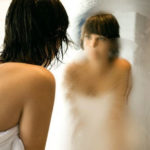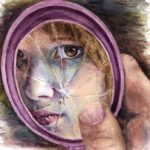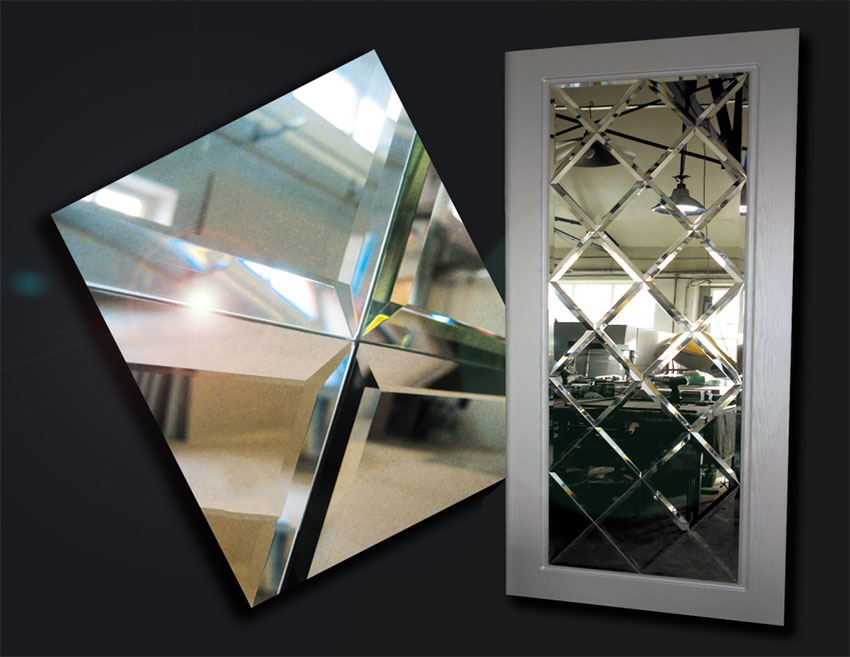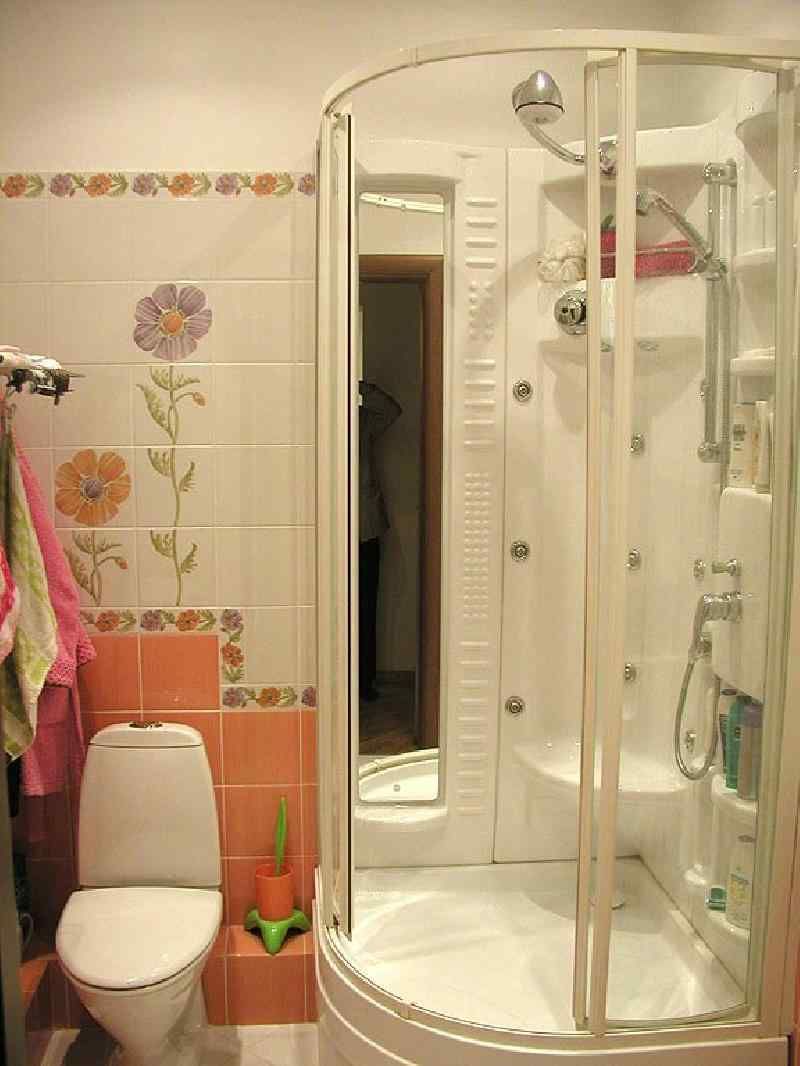What happens if you scan a mirror?
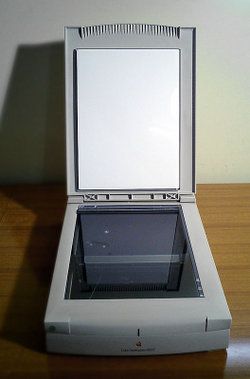 People often do strange things out of curiosity. Now that the Internet is ubiquitous and search engines are well developed, it is not necessary to conduct unusual experiments. In addition, many of them can lead to damage to the research object.
People often do strange things out of curiosity. Now that the Internet is ubiquitous and search engines are well developed, it is not necessary to conduct unusual experiments. In addition, many of them can lead to damage to the research object.
One of the questions that keeps the most curious people up at night is “What happens if you scan a mirror.” To exclude home experiments, we will consider this issue in detail in the article.
The content of the article
How the scanner works
To understand what happens if you scan a mirror, you first need to understand how the scanner itself works.
This device is now used in almost all offices and many homes to transfer images from a flat surface to a digital one.
In general, the main components of a scanner are mirrors and a lens. The stream of light falling on the scanned image transfers it to the monitor. From a technical point of view, it looks like this:
- Reflection of light from an image.
- Transferring an impulse to the scanner optics, which contains the received information about the image (color, shape).
- Decryption of received information by drivers.
- Displaying the image on the screen.
REFERENCE! Drivers are pre-installed on your computer.Without them, normal operation of the scanner, as well as many other technical additions to the PC, is not possible. They are purchased along with the devices or downloaded from the Internet (in most cases for free).
What happens if you scan a mirror?
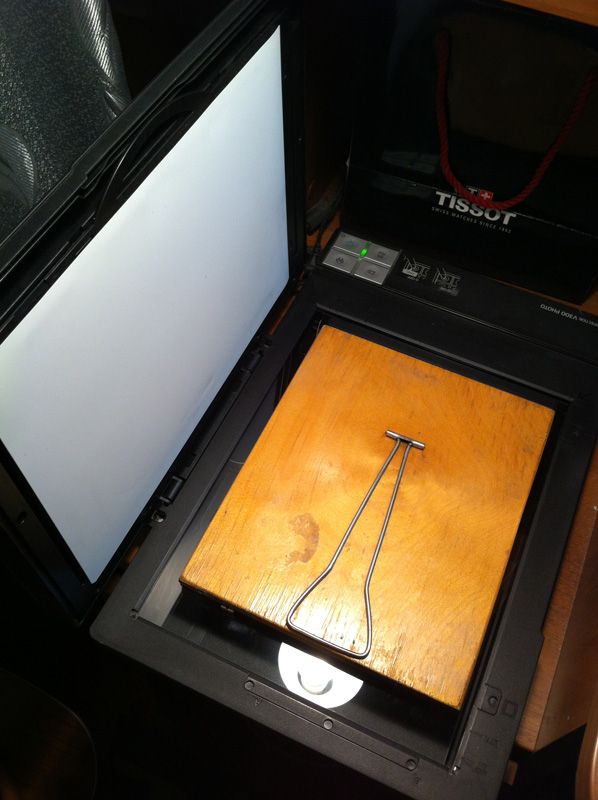 Many assumptions can be made about this. The most common ones include:
Many assumptions can be made about this. The most common ones include:
- The scanner lamp will be visible.
- In fact, the internal structure of the device (in particular the carriage) will be photographed, but due to high light exposure, the human eye will only see a light spot.
- The device may break.
- Also a fantastic option. Since the mirror is a guide to the other world, when scanning it, people and creatures living in another world will be photographed.
However, all of these options are incorrect. The answer is actually quite simple. It can be easily obtained by conducting your own experiment. It will require a small flat mirror without a frame (such that the device lid can be closed without problems) and the scanner itself.
IMPORTANT! Not all printers can handle this experiment painlessly, so before you run to check what you've read, go to the end of the article.
If we consider the principle of operation in more detail based on the image, we will get a similar algorithm, only in it we can see more mechanics of work:
- The embedded mirror will reflect the bottom of the scanner body.
- This reflection is subsequently illuminated and then captured by the moving mirror.
- From it the image is transmitted to a fixed mirror.
- It, in turn, sends information to the CCD matrix, which then transmits it to the PC.
As a result, when scanning in place of the mirror, only a black spot is obtained.If it was previously dirty, then the dirt will be reflected in the resulting image in the form of light spots.
The fact is that while the scanner is operating, a carriage with a lamp that releases a stream of light onto the images moves across the working area, and the reflected rays are captured by special devices. The greater the amount of reflected light creates a greater current, respectively, the larger the pixel value, which means better illumination. This condition confirms why the output is a black sheet.
At first glance it sounds illogical, but to understand this, you need to understand how the received color information is converted in the program.
Any color in digital format is specified as the amount of red, blue and green. Each color absorbs light to varying degrees - the scanner works on this principle, that is, when scanning, it is the degree of absorption at each point that is transmitted. Thus, we can come to the conclusion that in this case the work is not done with RGB (a model in which colors are obtained by superimposing light), but in CMY - in which colors are synthesized by subtracting information obtained during scanning.
The mirror reflects the light fully, so red, blue and green will be subtracted in 100% volume, and this is the black color in the digital display.
Many scanners are now equipped with additional focusing elements for clearer image capture from paper. In the case of a mirror, on the contrary, they will only aggravate the situation. It will not allow them to focus normally, which will cause the image to be blurry (in this case, this means dirt and scratches).
What harm will be done to the scanner/printer?
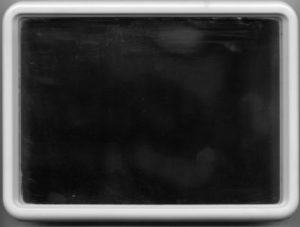
When word spread across the Internet that no harm was done to the device when scanning a mirror, people everywhere began to conduct this experiment at home to verify the reliability of the results.
And thanks to numerous experiences, this information has been confirmed. Scanning a mirror surface does not cause any harm to either the scanner or the printer, unless in the case of the latter you will spend a lot of ink printing the result.
Can equipment break?
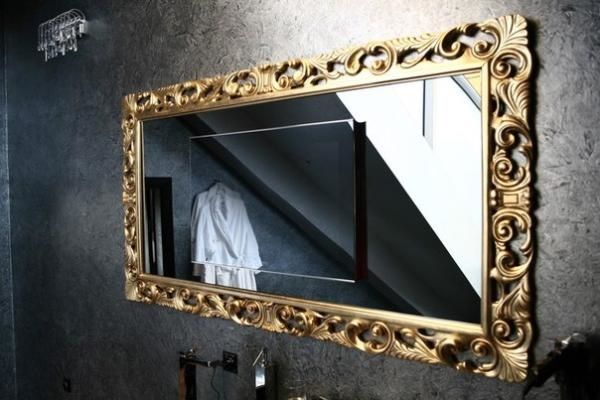 If used carefully, the equipment will not fail. During all the numerous experiments, there were no cases where the scanner broke down precisely because a mirror was being scanned in it. However, if used incorrectly, this can be done easily.
If used carefully, the equipment will not fail. During all the numerous experiments, there were no cases where the scanner broke down precisely because a mirror was being scanned in it. However, if used incorrectly, this can be done easily.
A mirror is a heavy object compared to the paper that is usually passed through a scanner, so it cannot, for example, be thrown sharply onto the work surface. It can easily be scratched or even break. Sharp chips on the mirror can easily lead to scratches, which is why it is indicated everywhere that scanning such an element should be done extremely carefully.
It is also important to follow the usual operating rules that apply to any scanner.
- It is necessary to avoid touching the working glass as much as possible so as not to accidentally stain it.
- When the device is not in use, leave its cover open - in this case, dust will get on the glass, which will subsequently deteriorate the image quality.
- Close the scanner cover. This applies more to transparent objects, as in this case light can pass through without being reflected on the optical device.
- Hold the lid when closing it to avoid accidentally breaking the working glass or failure of the lid fasteners.
- The scanner should be located where direct sunlight will not fall on it.
- It is not recommended to place heavy objects on them during free time.
- Avoid exposure to moisture.
How can it break
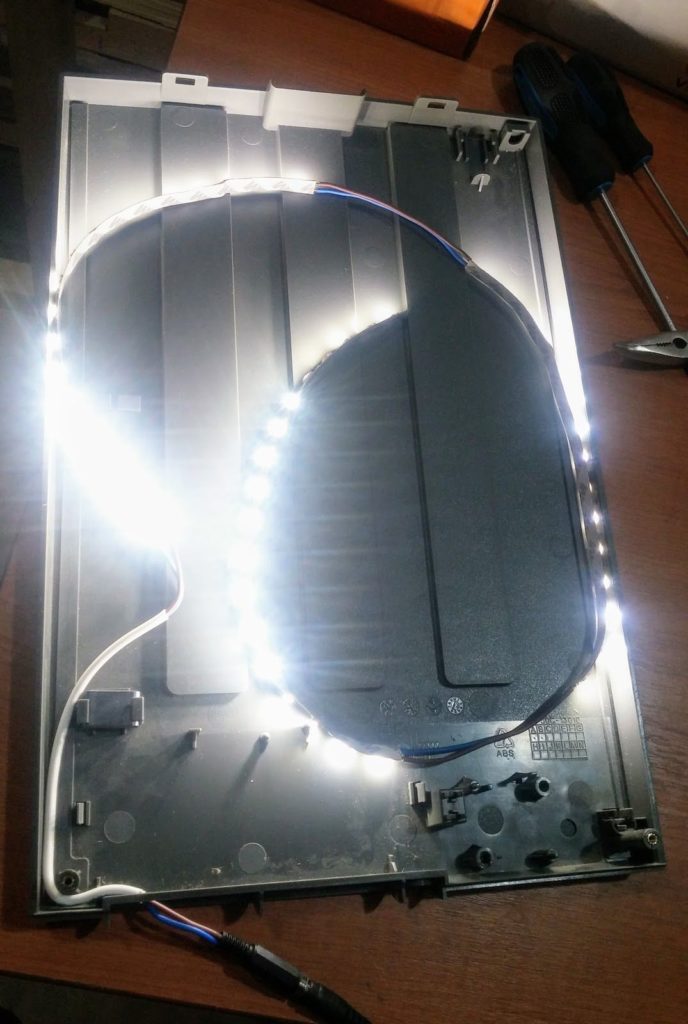 There is an opinion that when scanning a mirror surface, the device will simply burn out due to a strong flash. However, such a statement has never been confirmed in practice. Device failure can occur under normal conditions. The most common scanner malfunctions include:
There is an opinion that when scanning a mirror surface, the device will simply burn out due to a strong flash. However, such a statement has never been confirmed in practice. Device failure can occur under normal conditions. The most common scanner malfunctions include:
- Backlight inverter failure. In this case, a running strip is not observed during operation, and the result of any scanning is a dark sheet.
- Backlight lamp failure. In this case, everything looks the same externally as in the case of an inverter malfunction. The lamp fails because it has a limited service life. This can also happen if there is a breakdown in the power supply.
- Scanning head malfunction
Often an incorrect image is obtained in such trivial cases as:
- Stained glass. In this case, you can guess what is happening intuitively: the light passes through spots and stains less well, which is why the output image quality can drop by half. Therefore, it is important to periodically wipe the glass with a soft, lint-free cloth.
- Incorrectly installed or wrong drivers. The latter are selected for a specific model. Even if your old scanner was of the same brand, there is no guarantee that the previous drivers will be able to ensure normal operation of the new one.
Which printers are better not to scan a mirror?
As mentioned above, neither the printer nor the scanner fails precisely because a mirror is scanned on them. However, breakdowns often occur due to improper use, and all the blame ultimately goes to the mirror.
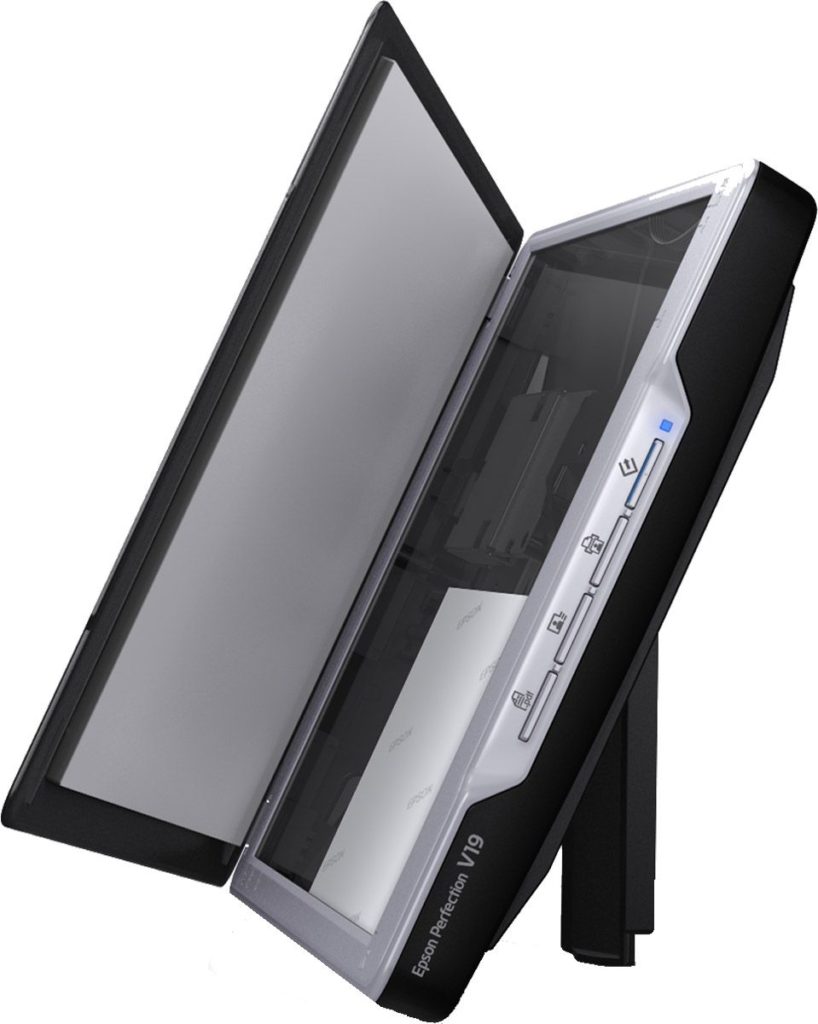 For example, people often try to scan mirrors with frames. Naturally, the lid of the device does not close tightly. Particularly resourceful people press on the lid to indicate that the scanning was successful, and as a result they end up with a broken scanner glass.
For example, people often try to scan mirrors with frames. Naturally, the lid of the device does not close tightly. Particularly resourceful people press on the lid to indicate that the scanning was successful, and as a result they end up with a broken scanner glass.
REFERENCE! Scanning with the lid open is not recommended; however, this will not cause any harm to the device, but a strong flash may damage your vision. Therefore, if you still need to scan something with the device cover open, just turn in the other direction.
Thus, if you have a volumetric mirror and you are firmly convinced that you need to scan it, make sure that the working area of your device is not in the part of the cover, otherwise you will not get a normal result. Such models are not widespread, but nevertheless they occur.
The type of printer does not play any role when scanning a mirror. It can be either inkjet, laser or even matrix... However, there is no particular need to print out the result - it is better to familiarize yourself with it on the computer screen, since, as mentioned above, this will waste a lot of paint, and there is no benefit from a printed black rectangle so much.

